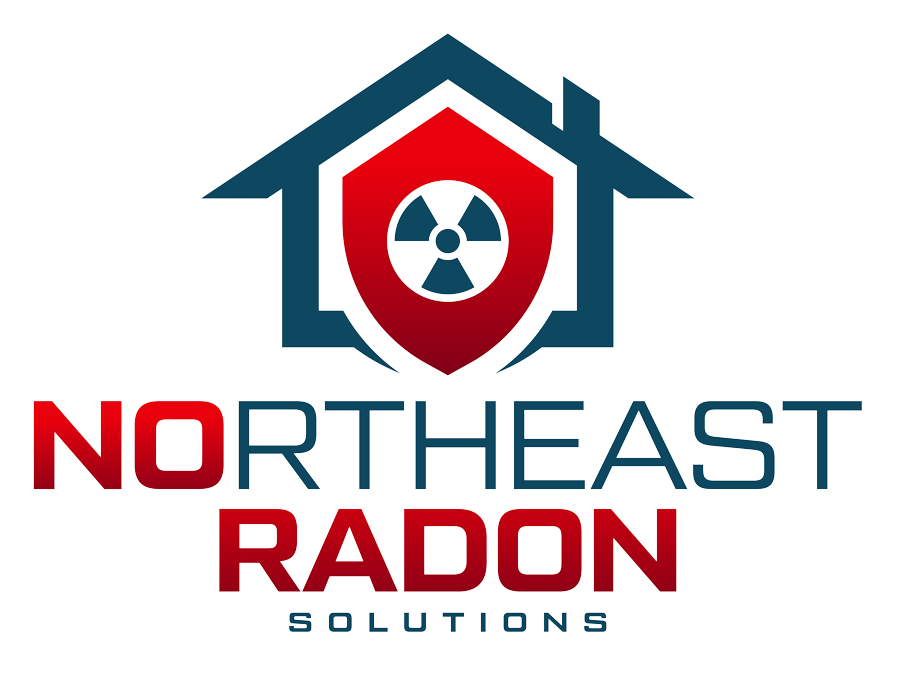Eliminate High Levels of Radon From Your Home
We provide radon mitigation services Throughout Maine
Radon often enters your home through cracks in your foundation. By sealing cracks and installing radon mitigation systems under your home, you can keep radon out and rest easy.
Partner with Northeast Radon Solutions for radon mitigation services in Falmouth, Windham, Cumberland, Augusta, Scarborough, ME and surrounding areas. We offer a multi-level approach to reduce the harmful radon in your home and keep your family safe.
Schedule a consultation today by calling 207-846-0709. We can provide you with a free estimate on your radon mitigation system installation.
Two types of mitigation. Both done right.
Northeast Radon Solutions has over 30 years of experience with radon testing and radon mitigation services, so you can count on us to do the job right. Depending on your home and your test results, we will…
1. Seal cracks in your foundation to keep radon gas out
2. Install a vent and fan system to disperse the radon gases
Oftentimes, we’ll do both and provide you with a five-year warranty. Reach out now to plan your radon mitigation system installation in Portland, Lewiston, Scarborough, ME and surrounding areas.
